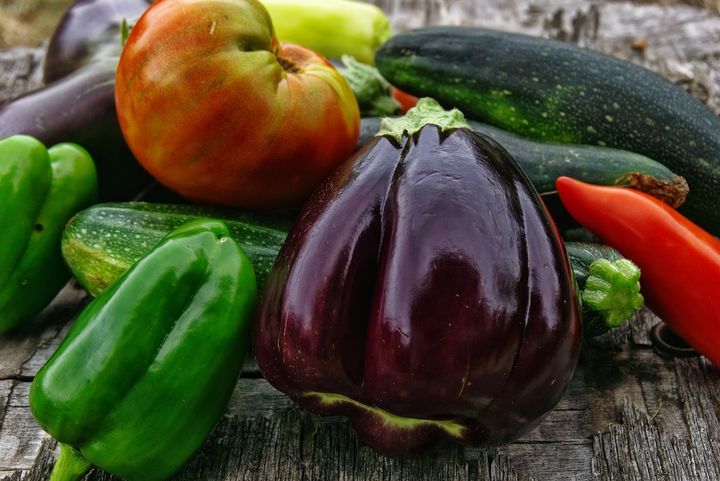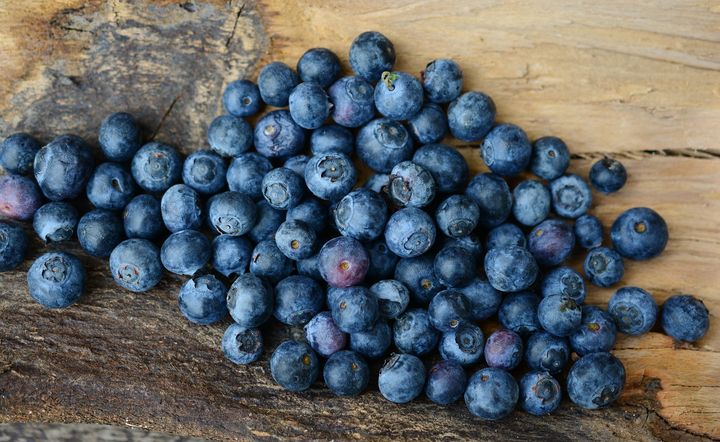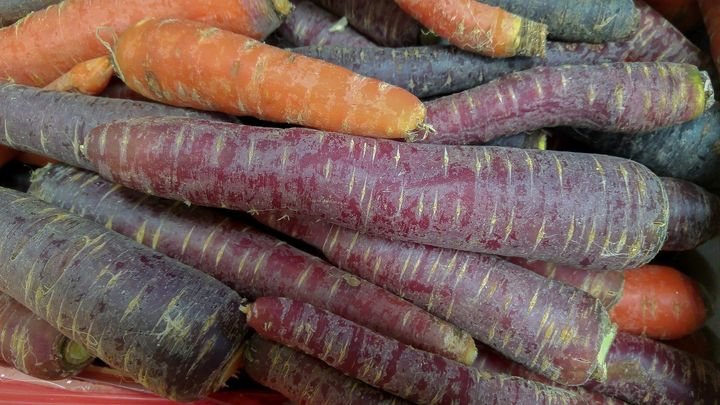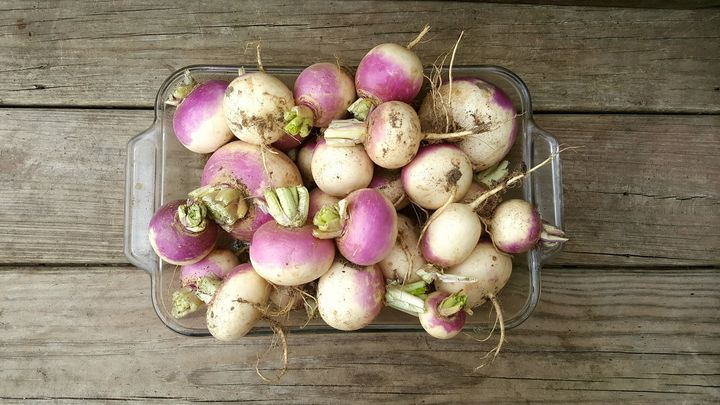When it comes to healthy eating, phrases like ‘5-a-day’ or more recently, ‘10-a-day’ are bandied about often; you may have heard of ‘eating a rainbow plate’ also? A colourful rainbow plate consists of: greens, oranges, reds, yellows and cream. It is relatively easy to pull together a rainbow plate consisting of these colours but it’s important not to forget the purples too. Purple foods have recently hit the news as ‘contenders’ for becoming the next superfood. So, how can you add purples into your rainbow plate?

Purple foods contain a particular antioxidant, anthocyanin, which is a beneficial compound that gives certain fruit and vegetables the purple, deep red or blue hues. Antioxidants are a compound that play an important role in protecting the body. Research has linked anthocyanins to a wide variety of health claims, including increased longevity, cardiovascular health and dementia. Adding purple foods into your diet and onto your plate is key but what’s even more important is to go for variety; rather than reaching for an easy handful of blueberries, be sure to include at least one extra helping of purples such as aubergines, purple carrots or red cabbage to meals. A wide range of nutrients is essential for healthy eating; rather than just binging on a few healthy foods you like - keep you menu open and changeable.

Within this blog, I am going to list five easy foods that you can pick up either in your local supermarket or nearest farm shop. I’ll also add foods to look out for that are not in the shops so often (based on seasonality and availability) and then a few extra that you can buy in powder form. Powdered ingredients make it easy to obtain beneficial antioxidants at nearly every meal or snack.
Easy to buy
Red Cabbage - can be eaten raw, have you tried my vegan slaw? Also cooked with apples and cranberries, pomegranates and spices for a delicious side dish.
Purple Sprouting - either add straight into salads or steam to soften.
Berries - blueberries, cranberries and blackberries. Even raspberries and strawberries have a low amount of anthocyanins, follow the seasons when selecting your berries!
Turnips - surprisingly have a good amount of anthocyanins and make a great addition into a root stew, soup or hot one-pot.
Aubergines - deep, bright or graffiti hues, be sure to include aubergines when they are in season for they are relatively abundant in anthocyanins. Have you tried my vegan moussaka?
Tart cherry juice - anthocyanins found in tart cherry juice have been linked to inhibit enzymes involved in pain creation in the body, thus a pain reliever.

Keep your eye out for these when they are in season or available locally:
Purple/Red kale - red kale has sweeter notes than the dark green variety. They also make great kale crisps too.
Purple Cauliflower - this luminous colour, with the purple against the green, makes it very intriguing. Picture the vibrant colour of a purple cauliflower couscous!
Purple Carrots/Heritage Carrots - these almost look black but once peeled, they reveal purple hues and once cut, some even have an orange centre. Fabulous additions to salads thinly sliced or grated. Purple carrot vegetable ribbons are a treat to behold!
Black Rice - picked up on by The Telegraph recently, this is even more nutritious than brown rice. You are most likely to find this in a specialist food shop.

Freeze-dried Fruit powders
Why buy a powder? Fruit powders have had the water removed from them. By removing the water, we increase the nutrient volume per gram; therefore, one teaspoon will be able to provide a reasonable amount of nutrients. Great fruit powder sources include:
Acai berry - Heard of an Acai Bowl? Acai is a berry grown in the Amazon and whilst it is not easy for us to have access to eat the fruit, we can buy either frozen acai pulp or freeze-dried acai. This dark purple berry contains anthocyanins as well as omega 3, 6 and 9.
Maqui berry - recently mentioned on Superfoods: The Real Story. Maqui berries are very rich in anthocyanins. “Specifically, maqui berries contain high levels of anthocyanins called delphinidins, found in unusually high amounts. The delphinidins demonstrate potent anti-inflammatory activity, so they help to reduce the risk of a variety of degenerative diseases that involve inflammation” (Medicine Hunter, 2012)
Are you getting your full rainbow plate? Once you are aware of all of the choices available to you, it doesn't have to be hard to get a little bit of everything you need - all on one plate. If you don’t have access to or enjoy the taste of all purple foods, go for a powdered form - this is a really easy way of getting the nutrients you need in one hit. Set yourself a challenge - try adding a different purple food it at every meal for a week! Let me know how you get on!
Recipes to try:
Red kale pesto, take half the basil out and replace with red kale.
Red cabbage slaw swap white cabbage for red and orange carrots for purple ones!